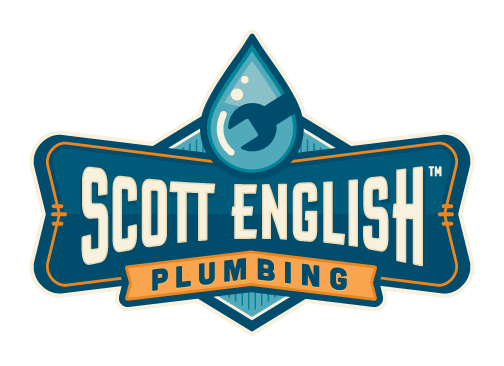Inspect Your Septic System to Save Money
A good septic system is necessary for any place or any home. Similarly, repairs and maintenance of septic systems are important too. Scott English Plumbing does the task of septic system construction, repairs and septic systems maintenance too. They are experts in this field with professional experience for quite a considerable timeframe. Their team takes time to plan and find affordable and appropriate septic tanks to install in your premises.
There is always the question you will ask yourself; How exactly can you ensure that your septic system runs smoothly between pumping? Here is an outline of the simple steps you can take to ensure that you are not making midnight calls to the local residential electric and plumbing company.
Proper septic maintenance will help prolong the lifetime of your system which will have your hundreds of dollars in replacement costs. An annual inspection is recommended to make sure that it is working properly and to determine when your septic tank should be pumped. A thorough inspection will include the following:
Location of the System
You and even professionals may have a difficult time locating the septic system if access to it is buried. You can begin the search by going into the basement and figuring out which way the sewer line is traveling through the wall. Outside the inspector will use a probe to locate the buried piping below the soil. Once the system has been identified, you and the inspector can sketch a map to keep on hand for future inspections or pumping. This will help save you and the professionals’ time.
Uncover Manholes
This step-like the previous one can involve some hunting and digging, especially if they are buried. In the future, it will help the process if manholes and inspection ports are elevated. This will make it easier to spot them and also provide easier access.
Check Connections
Run some appliances that use water such as toilets, sinks, or washing machines to determine if the household plumbing is running smoothly. This will help pinpoint any issues with connections between your house plumbing and the septic tank.
Measure the Scum and Sludge Layers
Next, the inspector will check the scum and sludge layers with tools that are inserted through inspection ports. Thorough and trustworthy inspectors will also include a visual observation of the grime. Sludge is made up of heavier solids and settles at the bottom of the tank. Scum, on the other hand, is composed of grease and lighter solids that float at the top of the tank. Inspectors suggest that if sludge depth is equal to 1/3 of the liquid depth, then you should have your tank pumped. Tanks should also be pumped when it is 1/3 full. Remember that dangerous chemicals in septic tanks can harm you and you should leave inspections to the trained professionals.
Check the Tank and Drain field
The inspector will check the various hook-ups and the walls of the tank for cracks and the drain field for any signs of failure. How often you need to pump your tank will depend on a variety of factors on tank size to the number of people in your household. Make sure that when it comes time to pump that you hire a licensed contractor.
Contact Scott English Plumbing experts, for a hands on information about all your septic system’s installation, maintenance and repairs. Call us at (714) 987-9801 or 714-987-9801.
